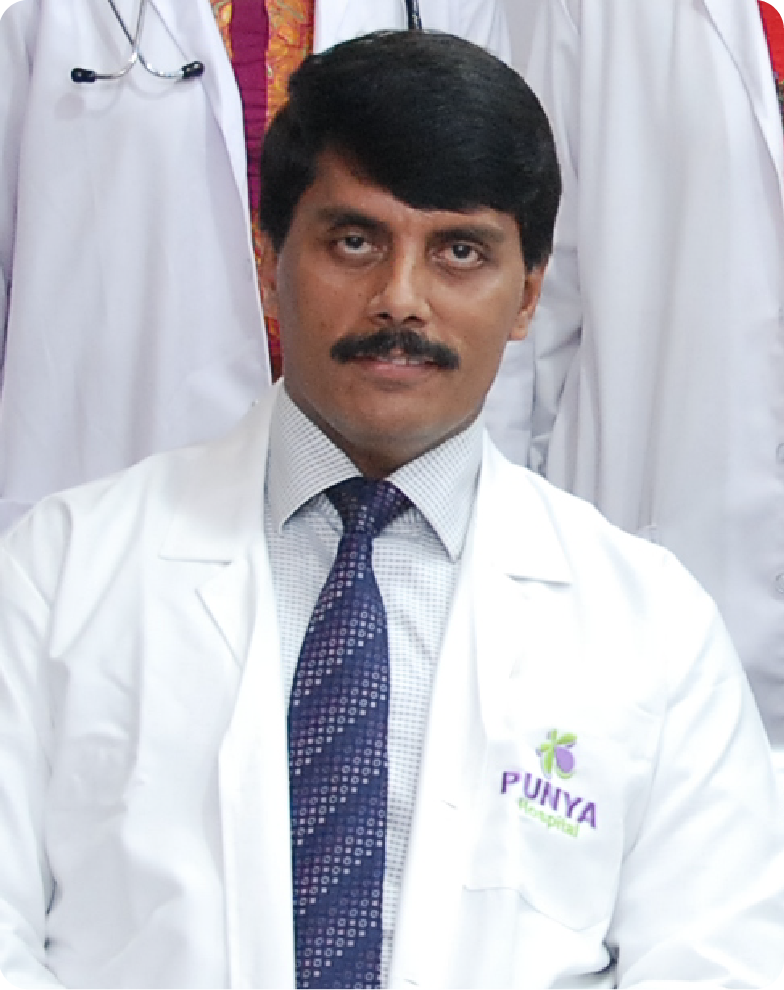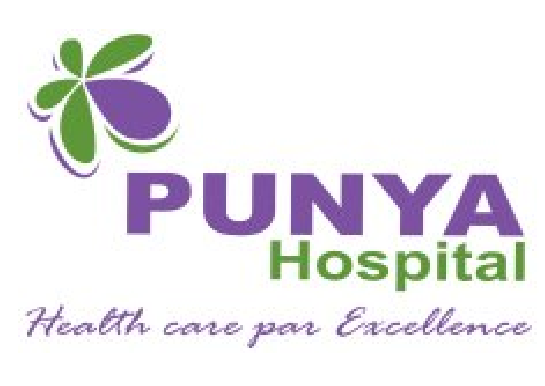Lap Cardiomyotomy for Achalasia Cardia
Lap Cardiomyotomy for Achalasia Cardia
Achalasia or achalasia cardia is a disorder in which difficulty is experienced in swallowing. There is no cure for this disorder. Treatment is usually done with an intention to give relief to the patient from its symptoms.
Causes of achalasia
Achalasia is caused due to the nerve degeneration in the food pipe. This results in the inability of the muscles in the esophagus to contract normally resulting in the inability to push the swallowed food to the stomach. Secondly the esophageal sphincter does not relax resulting in its dilation due to the accumulation of large quantities of food and saliva.
Symptoms
The commonest symptom is the difficulty in swallowing. The patients may feel that the swallowed food is stuck in the chest. Regurgitation of swallowed food and chest pain are other common symptoms experienced by such people. Heart burn, chest pain, feeling of fullness, lump in the throat and weight loss are other symptoms experienced by patients.
Diagnosis
The following tests are generally required to be performed for the diagnosis of achalasia.
Barium swallow: X-rays taken after swallowing barium will show the dilated esophagus.
Endoscopy: After giving sedation a thin flexible tube is inserted into the esophagus through mouth to view the inside of the esophagus.
Manometry: A tube lined with pressure sensors which measures the changes in the pressure inside the esophagus is inserted through the mouth or nose. This technique is used for confirming the diagnosis of achalasia.
Laparoscopic procedure
The surgeon makes a small incision of size 1 cm in the upper abdomen and introduces a cannula inside the abdomen. Through the cannula a video camera is inserted into the abdomen which takes the video of the internal organs and the surgery being carried out. This video is enlarged and shown before the surgeon. The surgeon makes four additional incisions of size 0.5 cms through which special instruments for carrying out the surgery are inserted. Seeing the videos in the monitor surgeon performs the surgery controlling the instruments remotely. The muscle portion of the esophagus is divided, the upper part of the stomach is rotated and fixed in such a way that it acts like a valve allowing the food to pass through it and preventing the re entry of acids and food through it.
After the surgery
The patient may feel some pain for about 12 to 24 hours after the surgery. During the first 12 hours some nausea and vomiting may be felt by the patients. The patients are allowed to have liquid food after 8 hours of the surgery and solid food can be taken on the next day of the surgery. The patients can get up and walk as soon as they are comfortable and in most cases it takes about 2-3 days. The patients completely recover within two weeks. Patients are expected to be soft diet for about 6 weeks after the surgery. The patients will be advised to eat small quantities of food slowly and to avoid carbonated liquids. The patients can return to their routine activities as soon as they feel comfortable. Most patients return to their normal activities within 10 to 15 days after the surgery.
OUR TEAM

Dr. Nagaraj B Puttaswamy
Senior Consultant - Laparoscopic Surgeon Bariatric Surgeon and Surgical Gastroenterologist


